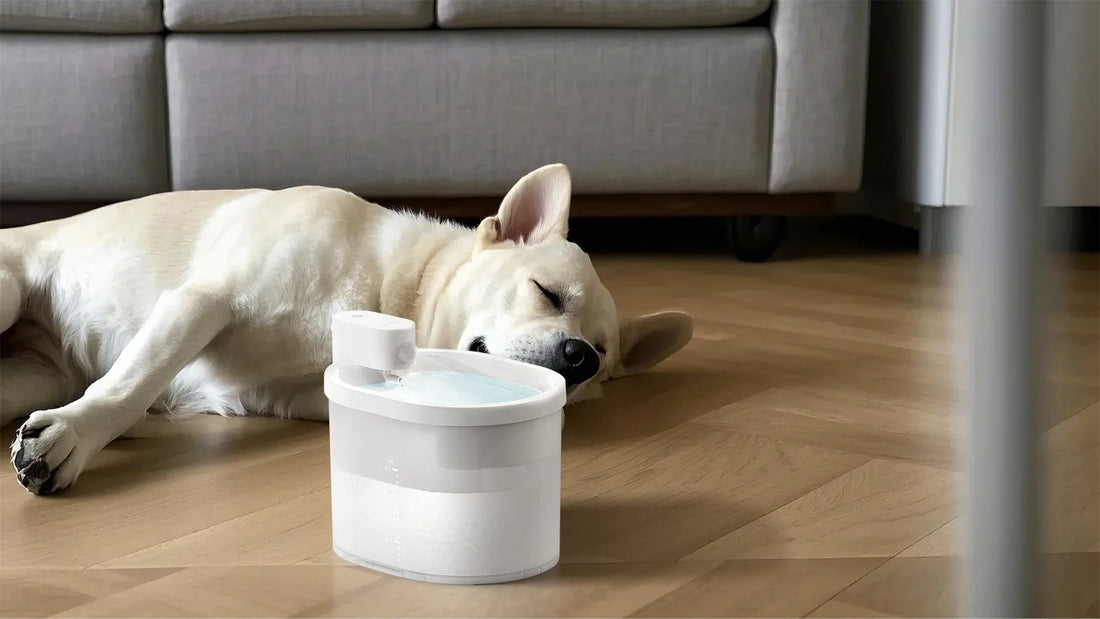Playtime is more than just a fun activity for your cat—it’s a vital part of their physical and mental well-being. Cats are natural hunters, and play mimics the behaviors they would exhibit in the wild. But how often should you play with your cat to ensure they thrive? This guide will explore the ideal frequency, duration, and types of play that can benefit your feline companion.
Why Playtime is Essential for Cats
Cats are instinctive predators, and playtime allows them to express their natural hunting behaviors. Without adequate play, cats can become bored, stressed, or even develop behavioral issues. Regular play sessions help:
- Prevent obesity by encouraging physical activity
- Reduce stress and anxiety
- Strengthen the bond between you and your cat
- Stimulate their mind and prevent boredom
Understanding the importance of playtime is the first step in creating a routine that works for both you and your cat.
How Often Should You Play with Your Cat?
The frequency of playtime depends on your cat’s age, energy level, and personality. Here’s a breakdown:
Kittens
Kittens are bundles of energy and require frequent play sessions. Aim for at least 3-4 short play sessions daily, each lasting around 10-15 minutes. Kittens have short attention spans, so keep the sessions engaging and varied.
Adult Cats
Adult cats typically need 2-3 play sessions per day, each lasting 10-20 minutes. However, some cats may require more or less depending on their activity level. Observe your cat’s behavior to determine their needs.
Senior Cats
Senior cats may not be as active as their younger counterparts, but playtime is still important. Aim for 1-2 shorter sessions daily, focusing on low-impact activities that won’t strain their joints.
How Long Should Each Play Session Last?
The duration of playtime depends on your cat’s age and energy level. Kittens may enjoy shorter, more frequent sessions, while adult cats can handle longer playtimes. Here are some general guidelines:
- Kittens: 10-15 minutes per session
- Adult Cats: 10-20 minutes per session
- Senior Cats: 5-10 minutes per session
Always monitor your cat’s behavior during play. If they seem tired or lose interest, it’s time to wrap up the session.
Types of Play to Engage Your Cat
Not all play is created equal. To keep your cat engaged, incorporate a variety of activities that mimic their natural hunting instincts. Here are some ideas:
Interactive Toys
Toys that mimic prey, such as feather wands or laser pointers, can provide hours of entertainment. These toys encourage your cat to chase, pounce, and leap, fulfilling their hunting instincts.
Puzzle Toys
Puzzle toys challenge your cat’s mind and keep them occupied. These toys often involve hiding treats or kibble, encouraging your cat to work for their reward.
DIY Play Ideas
You don’t need expensive toys to keep your cat entertained. Simple household items like cardboard boxes, paper bags, or crumpled paper can spark your cat’s curiosity and provide endless fun.
Signs Your Cat Needs More Playtime
If your cat isn’t getting enough play, they may exhibit certain behaviors. Watch for these signs:
- Excessive meowing or attention-seeking
- Destructive behavior, such as scratching furniture
- Weight gain or lethargy
- Aggression or irritability
If you notice any of these behaviors, it’s time to increase the frequency or duration of play sessions.
Tips for Making Playtime More Effective
To maximize the benefits of playtime, follow these tips:
- Rotate toys regularly to keep things fresh and exciting
- Incorporate both physical and mental stimulation
- End each session with a treat or meal to mimic the hunt-eat cycle
- Be consistent with your playtime schedule
By making playtime a priority, you’ll ensure your cat remains happy and healthy.
Balancing Playtime with Other Activities
While playtime is crucial, it’s important to balance it with other aspects of your cat’s routine. Ensure your cat has access to:
- Comfortable resting areas
- Fresh water and a balanced diet
- Opportunities for independent play, such as climbing structures or scratching posts
A well-rounded routine will keep your cat content and fulfilled.
Common Mistakes to Avoid
Even with the best intentions, some cat owners make mistakes during playtime. Avoid these pitfalls:
- Using your hands or feet as toys, which can encourage biting or scratching
- Overstimulating your cat with overly intense play
- Neglecting to clean or replace worn-out toys
- Ignoring your cat’s signals that they’re tired or disinterested
By being mindful of these mistakes, you can create a positive playtime experience for your cat.
How to Play with Multiple Cats
If you have more than one cat, playtime can be a bit more complex. Here’s how to ensure all your cats get the attention they need:
- Provide separate toys for each cat to prevent competition
- Engage in group play sessions, but monitor for signs of tension
- Offer individual playtime to cater to each cat’s preferences
With a little planning, you can make playtime enjoyable for all your feline friends.
The Role of Play in Bonding with Your Cat
Playtime isn’t just about physical activity—it’s also an opportunity to strengthen your bond with your cat. By engaging in interactive play, you’re showing your cat that you’re a source of fun and security. This can lead to a deeper, more trusting relationship.
When to Seek Professional Help
If your cat shows persistent behavioral issues despite regular playtime, it may be time to consult a veterinarian or animal behaviorist. They can help identify underlying causes and provide tailored solutions.
Playtime is a cornerstone of your cat’s happiness and health. By understanding how often to play with your cat and incorporating engaging activities, you’ll create a routine that benefits both of you. Start today and watch your feline friend thrive!













